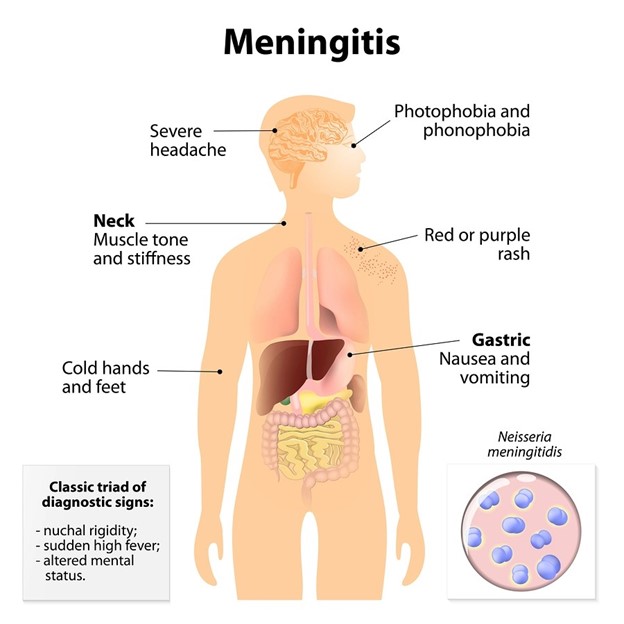A nurse is caring for a client who has anorexia nervosa and a behavioral management plan in place. Which of the following findings should the nurse identify as an indication that the behavioral plan is effective?
Potassium 3.5 mEq/L
Sodium 130 mEq/L
Hgb 10 g/dL
BMI 14.5
The Correct Answer is A
The normal range for potassium levels is generally between 3.5 to 5.0 mEq/L. A potassium level of 3.5 mEq/L falls within the lower end of the normal range, suggesting that the client's potassium levels are relatively stable. This finding alone does not indicate the overall effectiveness of the behavioral plan.
The normal range for sodium levels is typically between 135 to 145 mEq/L. A sodium level of 130 mEq/L falls below the normal range and indicates hyponatremia (low sodium levels). Hyponatremia can be a cause for concern, and it suggests that the behavioral management plan may need further attention or adjustments.
The normal range for hemoglobin (Hgb) levels varies depending on factors such as age and gender. However, in general, a Hgb level of 10 g/dL falls below the normal range and indicates anemia. Anemia is a common complication in individuals with anorexia nervosa and can result from inadequate nutrient intake. This finding suggests that the behavioral plan may need further evaluation and adjustment to address the client's nutritional needs.
Body Mass Index (BMI) is a measure that relates weight and height. A BMI of 14.5 indicates severe underweight and is well below the normal range. This finding suggests that the client's nutritional status is still significantly compromised, and the behavioral management plan may require further attention to support weight restoration and overall recovery.

Nursing Test Bank
Naxlex Comprehensive Predictor Exams
Related Questions
Correct Answer is D
Explanation
At this age, a child should have their teeth cleaned twice daily with a soft-bristled toothbrush and water.
A small amount of fluoride toothpaste (about the size of a grain of rice) can be used after age 2.
Flossing is not typically recommended at this age.
The toothbrush should be positioned at a 45-degree angle towards the gum line, and a pea-sized amount of toothpaste should be used.
Correct Answer is B
Explanation
Hyperemesis gravidarum is a severe form of morning sickness characterized by persistent nausea, vomiting, and dehydration during pregnancy. It is important for the client to maintain proper nutrition and hydration.
Eating or drinking something every 2 to 3 hours throughout the day helps to keep the stomach relatively full, reducing the likelihood of experiencing severe nausea and vomiting due to an empty stomach. It also helps provide a steady supply of nutrients and fluids to support the client's health and the growing fetus.
Whether you are a student looking to ace your exams or a practicing nurse seeking to enhance your expertise , our nursing education contents will empower you with the confidence and competence to make a difference in the lives of patients and become a respected leader in the healthcare field.
Visit Naxlex, invest in your future and unlock endless possibilities with our unparalleled nursing education contents today
Report Wrong Answer on the Current Question
Do you disagree with the answer? If yes, what is your expected answer? Explain.
Kindly be descriptive with the issue you are facing.
